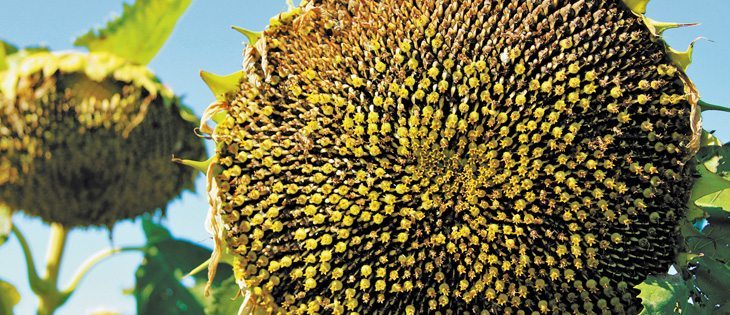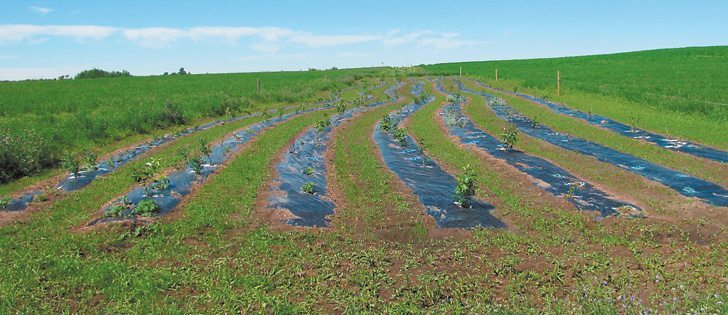I hope you read our coverage of the Statistics Canada seeding intentions report in the daily news section of Producer.com and in the daily canola report on Producermobile.com.
The newspaper is normally put together on Monday and so we turn to our websites for immediate coverage of market-moving reports that come after our deadline.
We’ll have more in-depth analysis of the Statistics Canada report in our May 3 issue, and because of a slight change in the organization of the paper, we’ll have more room in the Markets section to display it.
Read Also

Biofuel sector happy with federal budget
Advanced Biofuels Canada says new Biofuel Production Incentive is a lifeline until CFR amendments are in place.
As you have seen in our advertisements, we are moving the market data now found on page 8 to the back of the paper to the page beside our weather maps and data. The content will be the same, only the location will be different.
This will free up page 8, allowing us to run more market news and analysis in this section each week.
We often produce more market news than will fit in these four pages and didn’t like it that our subscribers had to go looking for it. Now there will be more certainty — the news and analysis will be in the Markets section and the price data will always be beside the weather.
While I’m talking about our information, I’ll note that because of the changes at the CWB, it is no longer providing some data, such as its asking prices at port.
We tracked that information in our line charts, but now that the information is no longer available, we are charting the new ICE Futures barley and milling and durum wheat contracts.
We hope that ICE Futures Canada’s reassurance is correct that trade in these contracts will pick up as we approach the new crop year.
The Statistics Canada report this week likely confirmed that a record canola crop is coming.
Even with that big crop, the world oilseed supply will likely remain tight through this calendar year because of the drought in South America, an inadequate U.S. soybean crop and frost and dry weather damage to the rapeseed crop in the European Union.
But the market could come under pressure as we get into winter. By that time, it will probably be clear that South American farmers will seed more acres to soybeans. If an El Nino develops, as some have forecasted, it normally delivers good moisture and production prospects to South America.
That has the potential to depress oilseed markets late in the 2012-13 marketing year.
It is too early to make any firm forecasts for 2012-13, but don’t assume a repeat of 2011-12 when canola prices after harvest were the lowest of the year and then rallied to more than $600 through the winter.














